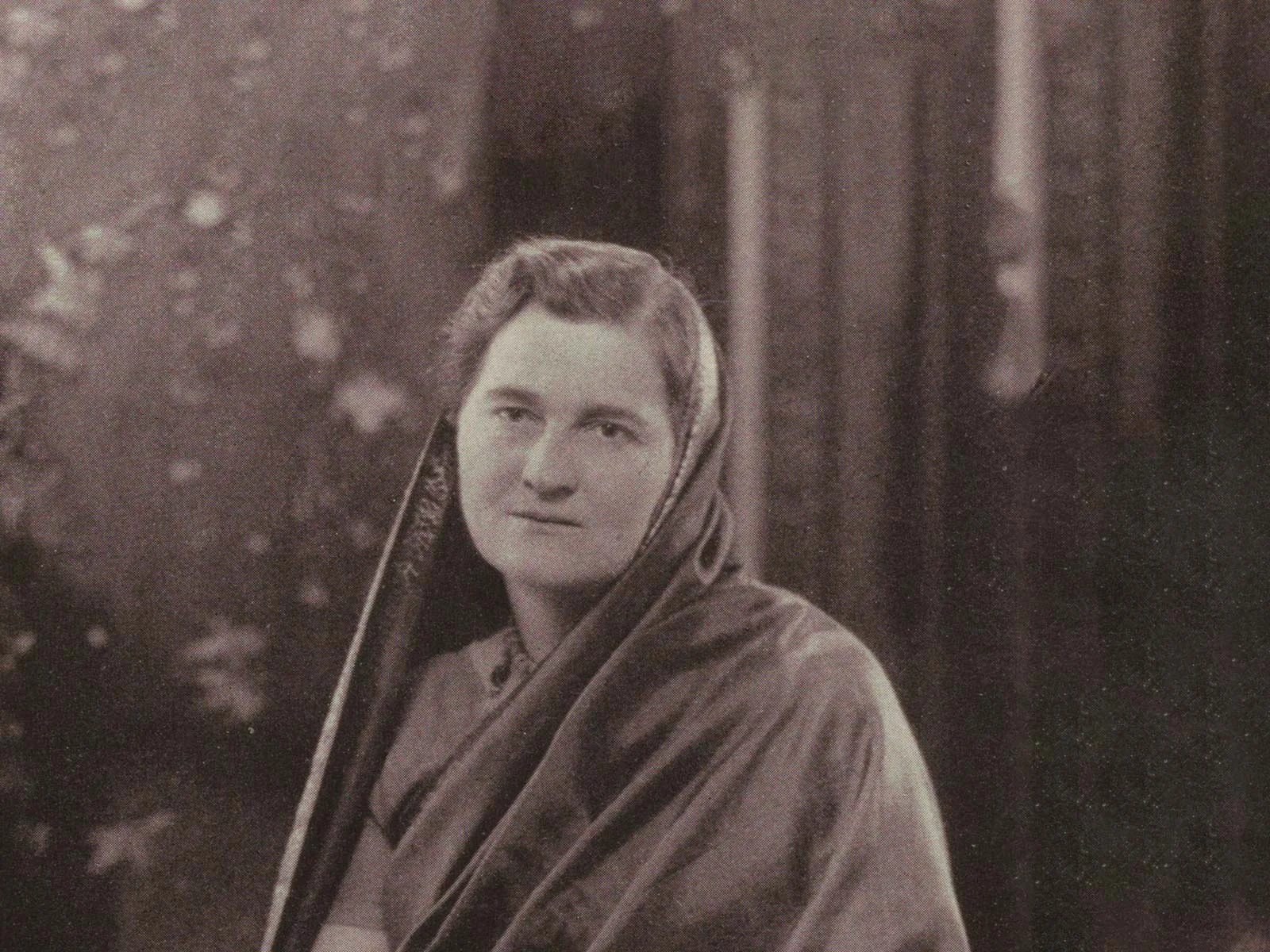
A citizen of the world, born in Gstaad
Frieda Hauswirth was a Swiss national, US citizen and British subject: one woman's odyssey across continents and corridors of power.
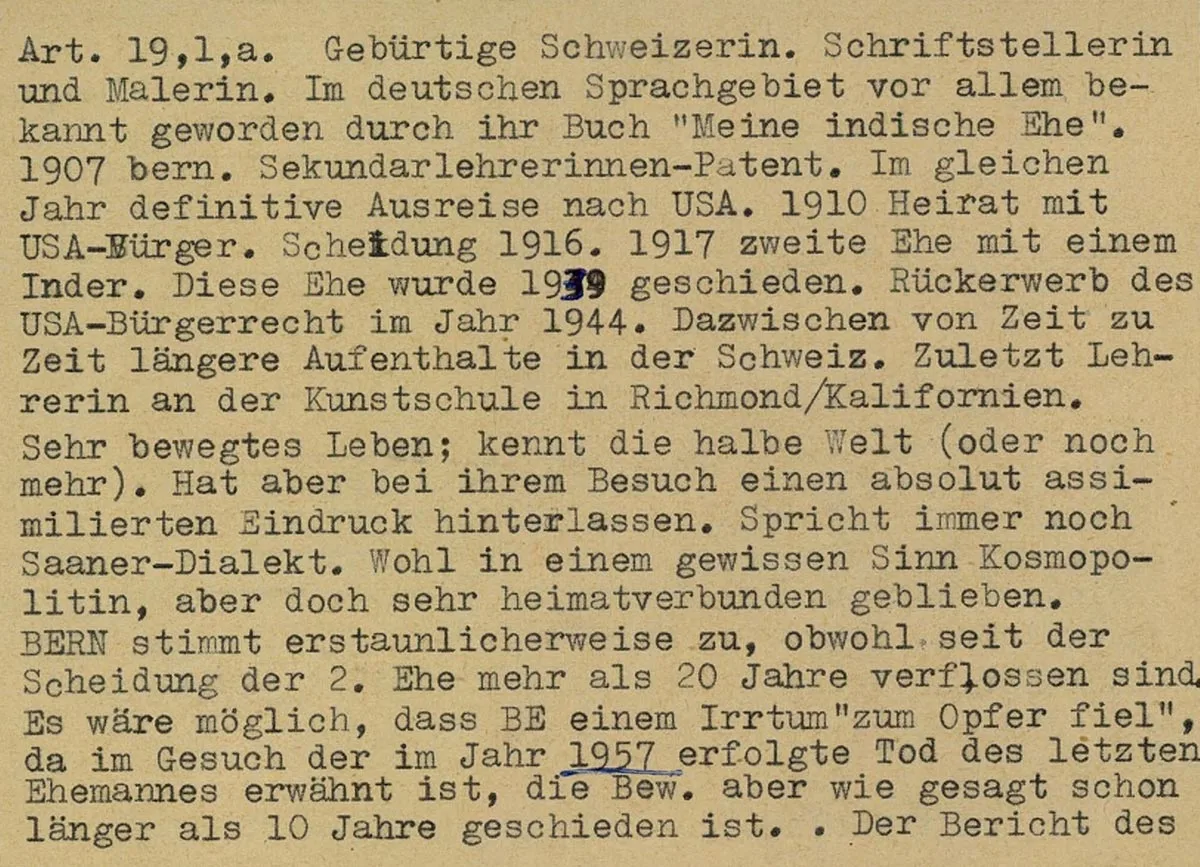
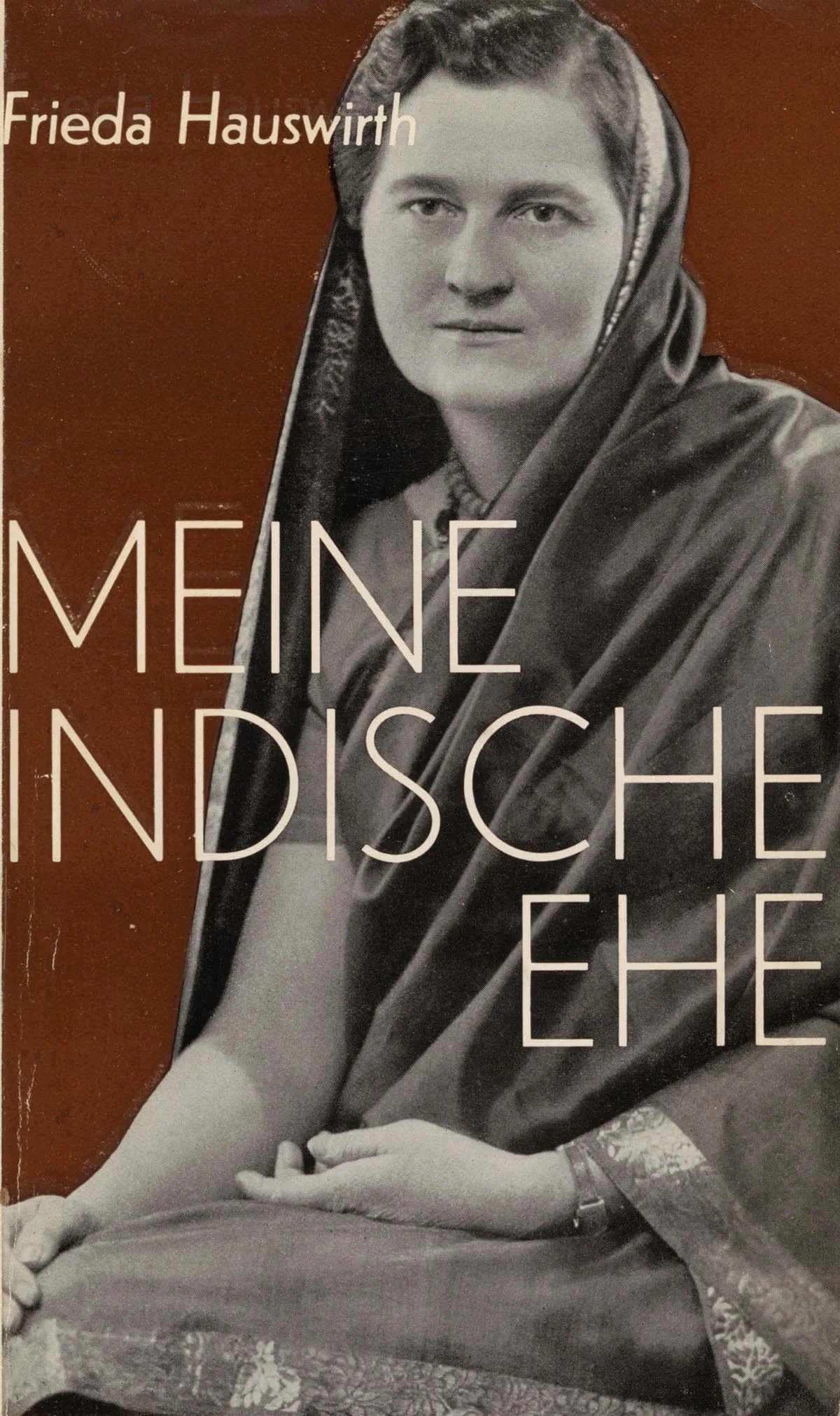
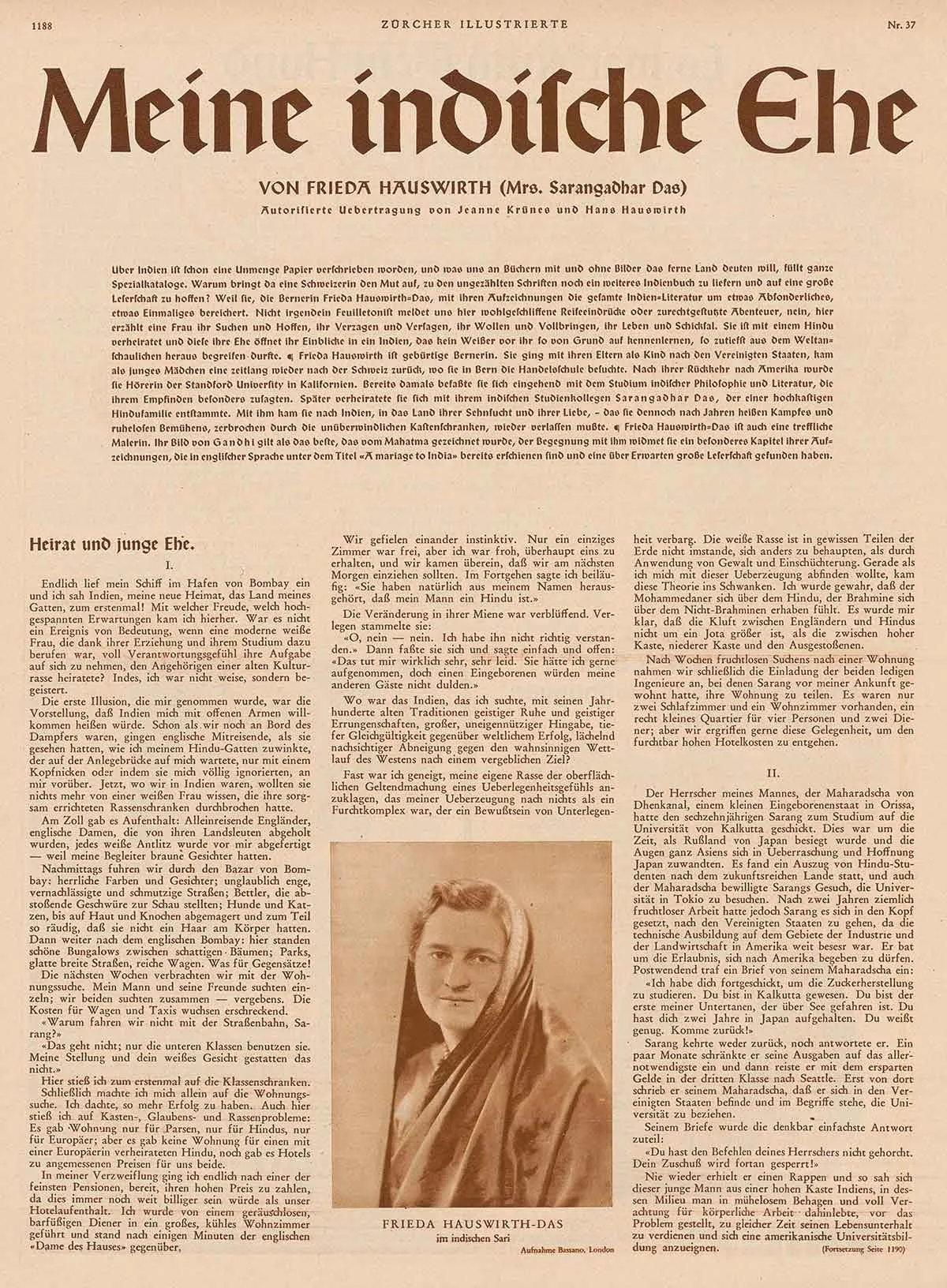
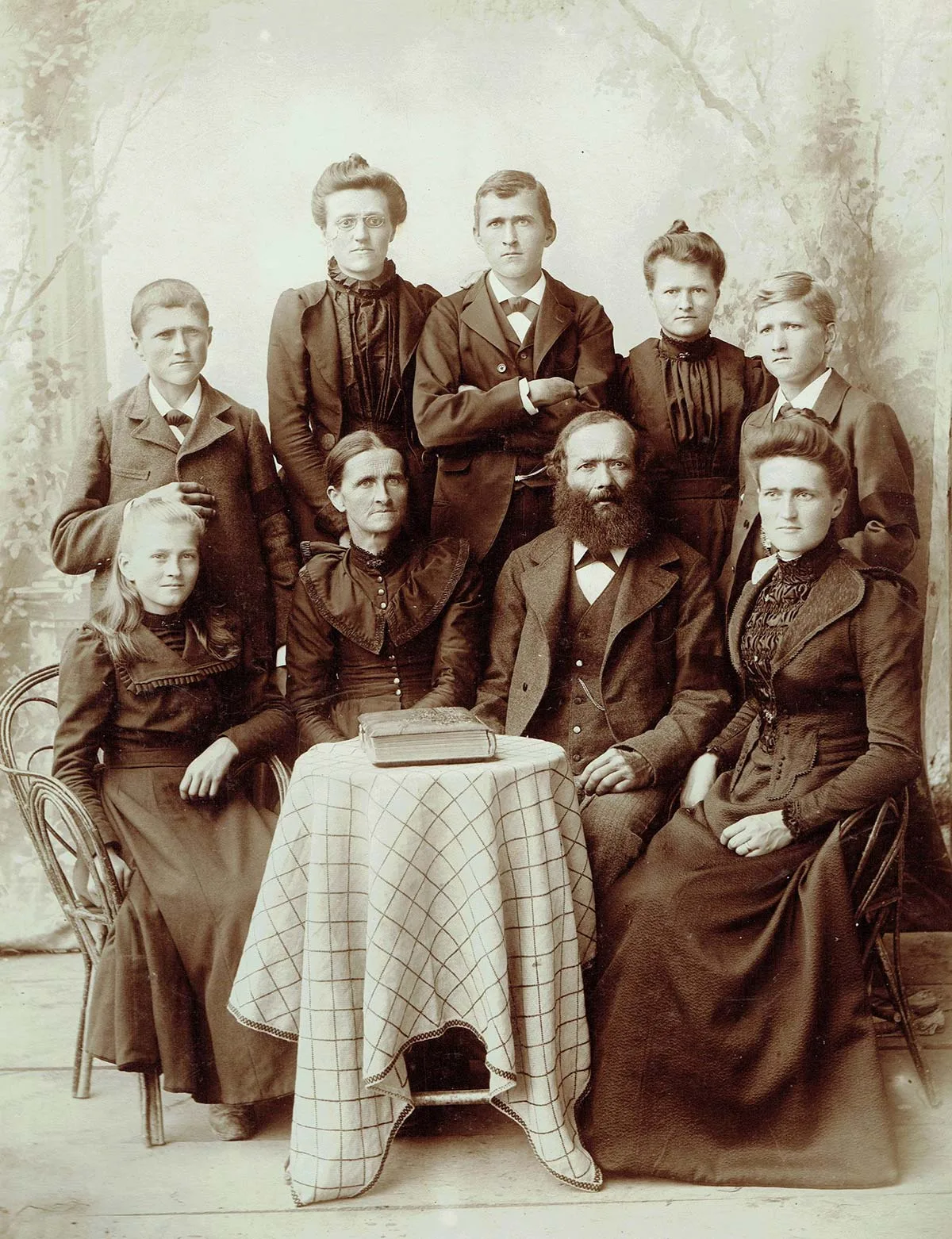
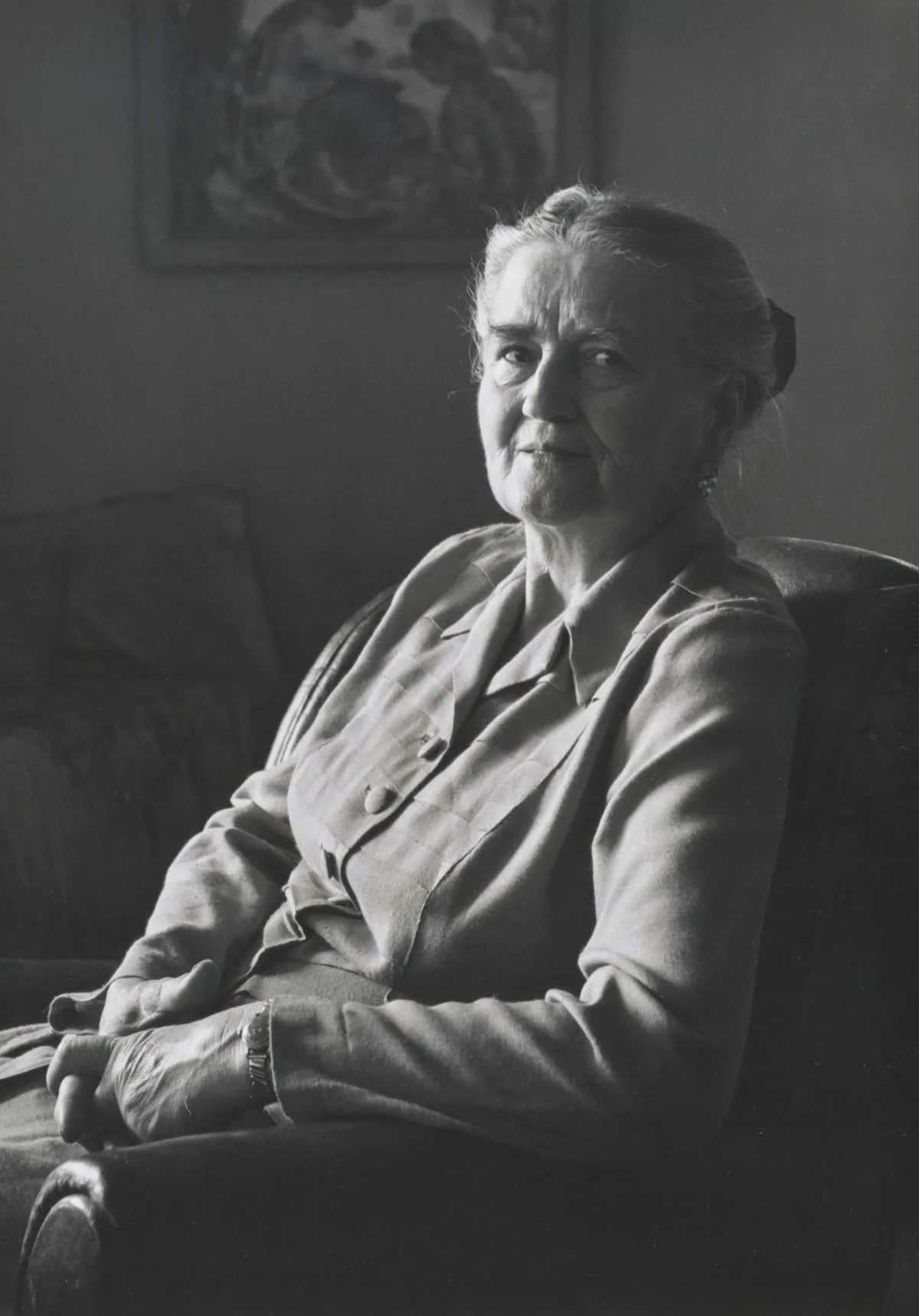
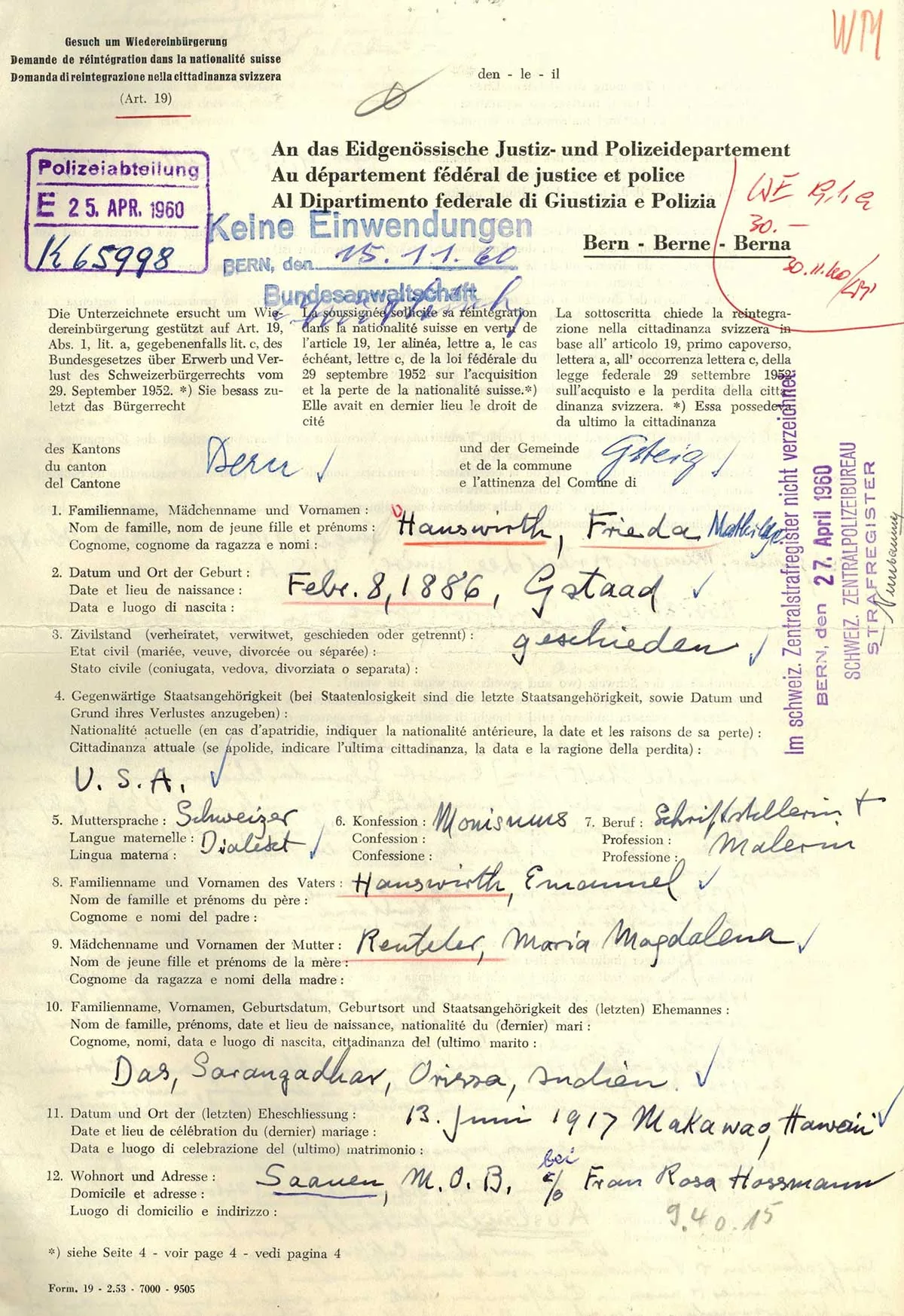

Frieda Hauswirth was a Swiss national, US citizen and British subject: one woman's odyssey across continents and corridors of power.





